How to Tie a Tourniquet
Time is limited in emergencies, and it's not going to stop so you can learn how to tie a tourniquet. Therefore, it's important that you learn a few basics before an emergency arises. For example, knowing how different tourniquets tie, how to tell if you've staunched the blood flow, and what to do immediately following application can properly prepare you to save a life.
How to Tie a Tourniquet
Tourniquets are generally tied in three ways: windlass, tuck, or a locking mechanism.
- CAT, SAM TQ, and SOF-T tourniquets utilize a strap and windlass method. First, slide the device onto the afflicted limb and tightly cinch down the strap. Following this, twist the windlass until the bleeding stops and secure the windlass so the pressure won't release.

- The SWAT-T is essentially a fancy exercise band capable of saving lives. To apply, wrap the band around the injured limb firmly to stop the bleeding. Then, to tie the SWAT-T, you will ever so slightly loosen the last wrap and tuck the loose end of the band into the wrap.
- RATS tourniquets are similar to SWAT-Ts but are skinnier and thicker. Rather than looking similar to an exercise band, their appearance is akin to bungee cords or a short jump rope. RATS tourniquets are applied by wrapping them around the afflicted limb three times and securing them in the locking mechanism made of a single aluminum cleat. Tying this one is as simple as taking the end of the RATS and sliding it fully into the cleat. If you've done this correctly, it will be challenging to insert or remove the line from the mechanism.
Don't know where to put a tourniquet? Learn how far up do you place a tourniquet here!
How to Know if the Blood Flow is Cut Off
A common myth is that there won't be a pulse in the limb if you've applied the tourniquet correctly. Never rely on this method. Depending on the location of the wound, there won't be a pulse in the first place. For example, if the injury is higher on the arm, you won't find a pulse even without a tourniquet applied. All of the blood that would normally flow down to pulse points will be like a garden hose at the point of injury. Instead, gauge the blood flow from the wound itself. The wound won't continue bleeding if you place the tourniquet correctly.

What to do Immediately Following Application
Time and tourniquets go hand in hand. Timeliness is vital when applying the tourniquet, but it also comes into play after the device is on. Commercially produced tourniquets should all include a spot for you to write down the time of application. It is crucial to know when the tourniquet was applied so that the next echelon of care will be able to tailor their administrations.
Tourniquets that have cut off blood flow for several hours allow toxins to collect and grow in the limb. Usually, your blood would carry these toxins to the kidneys to be filtered out. If the tourniquet is recklessly removed or loosened without taking the necessary precautions, toxins can flood the heart and cause cardiac arrest in the patient. If professionals know what time the tourniquet was applied, they can mitigate the toxins through blood thinners or antibiotics. Additionally, they can administer the proper amount of fluids and drugs the patient needs.
Be sure to either carry a marker with your tourniquet or write down the time of application elsewhere. You can do this in a notepad, on your phone, or even in the dirt nearby if necessary.
Lastly, if you haven’t already called emergency services, do so now. The sooner you call them the faster they’ll arrive and be able to treat the victim. If there are multiple people with you, have someone else call an ambulance while you apply the tourniquet.

Recommendation
Tourniquets aren’t infallible. Maybe your tourniquet was damaged while roughing in the outback or it was simply applied incorrectly. It’s a good idea to have an extra tourniquet in a different style on hand just in case the first one fails.
No matter what style of tourniquet you go with, make sure that you’re familiar with how to tie the tourniquet and what to do immediately afterwards. While it’s preferable to never be in this situation, it never hurts to be prepared!
Need a tourniquet? My Medic has tourniquets available in multiple styles (and colors!) for all your life-saving needs!
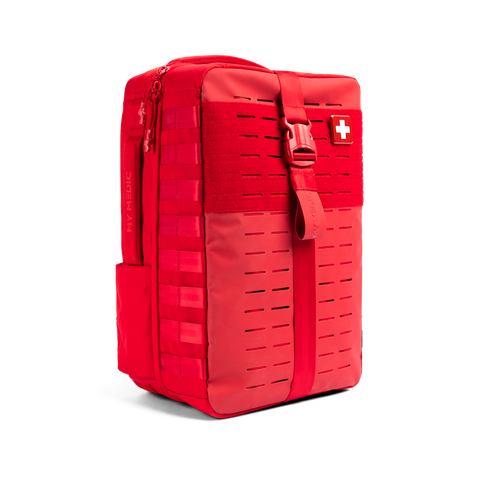 NEW ARRIVALS
NEW ARRIVALS
 BEST SELLERS
BEST SELLERS
 SUPERSKIN™
SUPERSKIN™
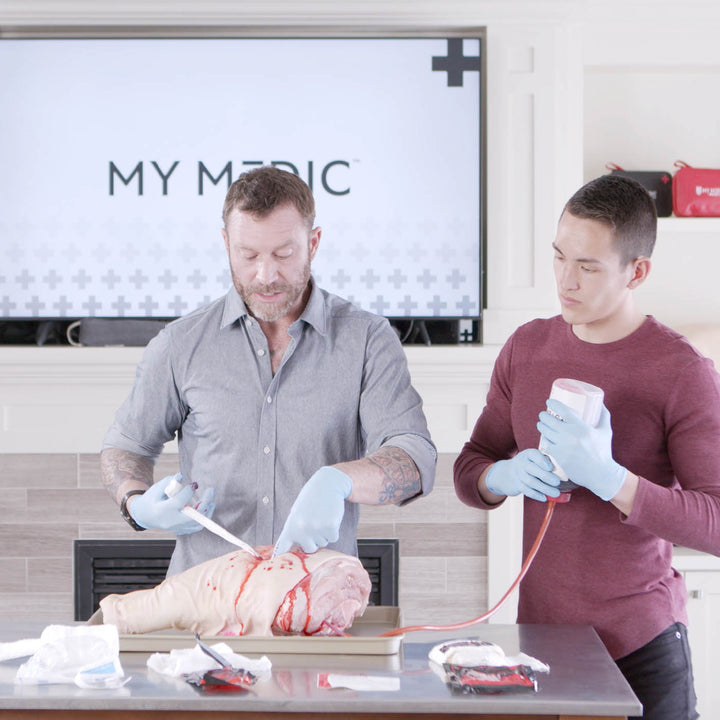 COURSES
COURSES
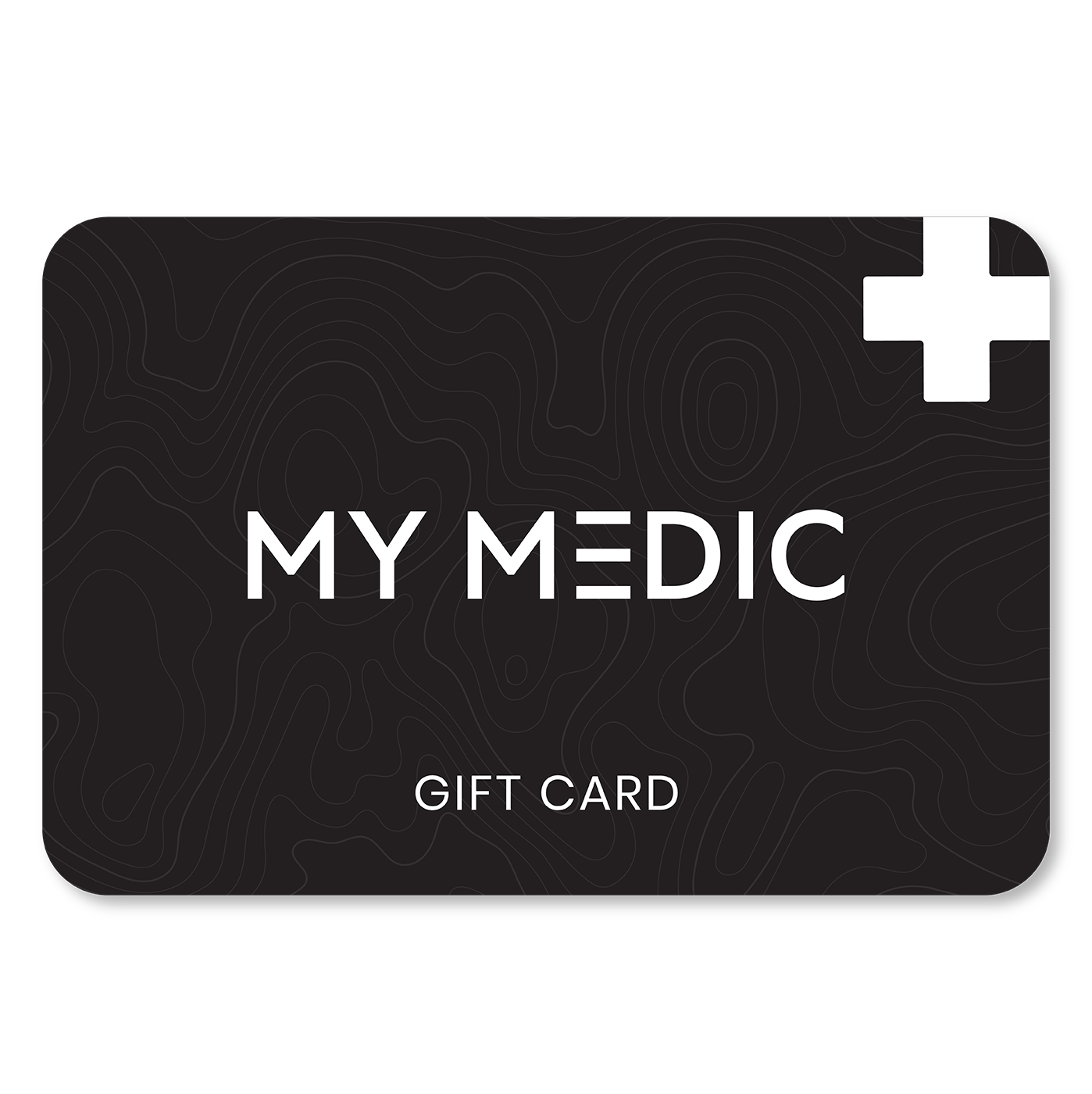 GIFT CARDS
GIFT CARDS
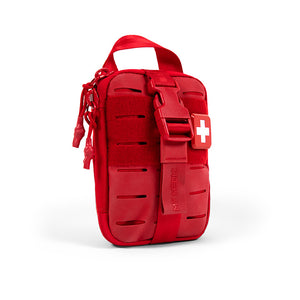 The MyFAK Collection
The MyFAK Collection
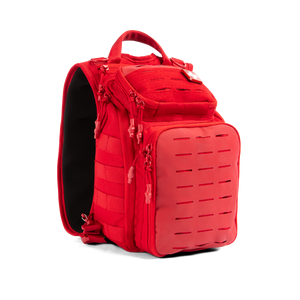 Specialty
Specialty
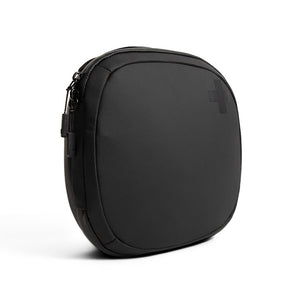 The Ready Collection
The Ready Collection
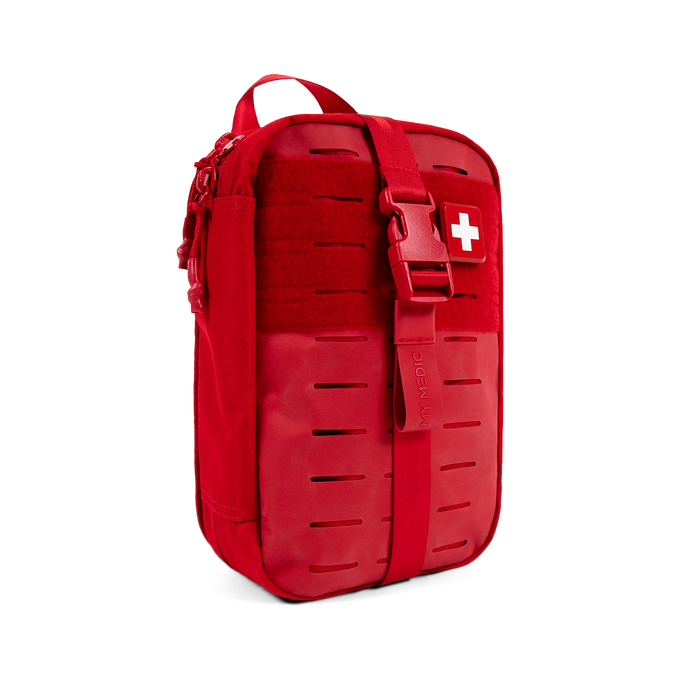
 BLEED
BLEED
 OUTDOOR
OUTDOOR
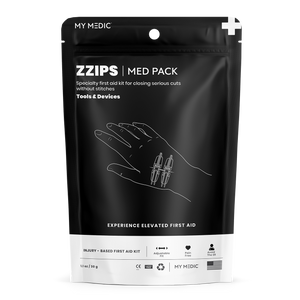 TOOLS & DEVICES
TOOLS & DEVICES
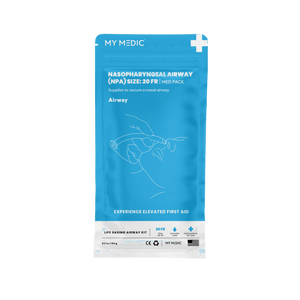 AIRWAY
AIRWAY
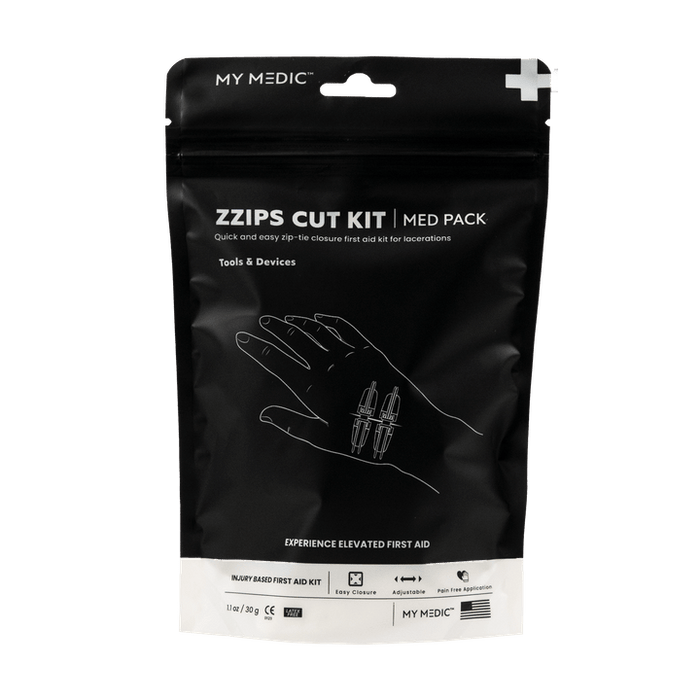
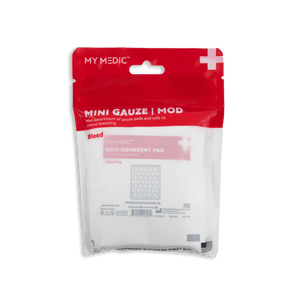 BLEED
BLEED
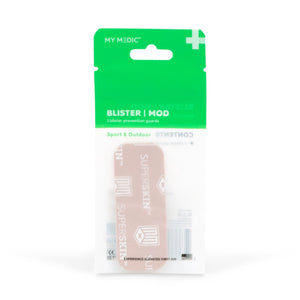 OUTDOOR
OUTDOOR
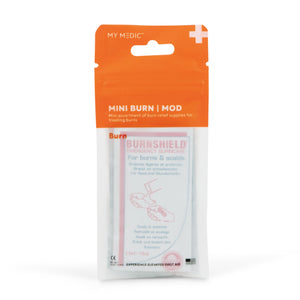 BURN
BURN
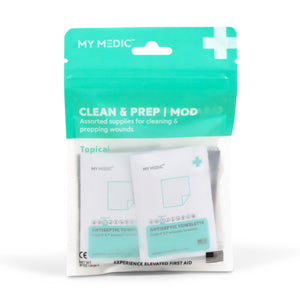 TOPICAL
TOPICAL
 MEDICATION
MEDICATION
 SPRAIN & FRACTURE
SPRAIN & FRACTURE
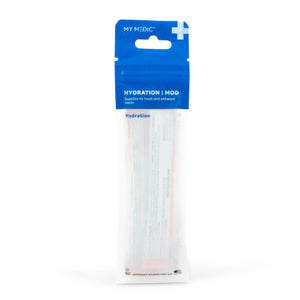 HYDRATION
HYDRATION
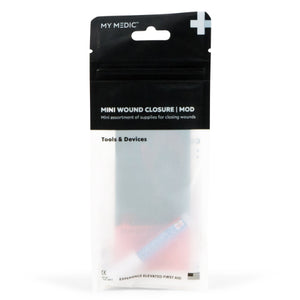 TOOLS & DEVICES
TOOLS & DEVICES
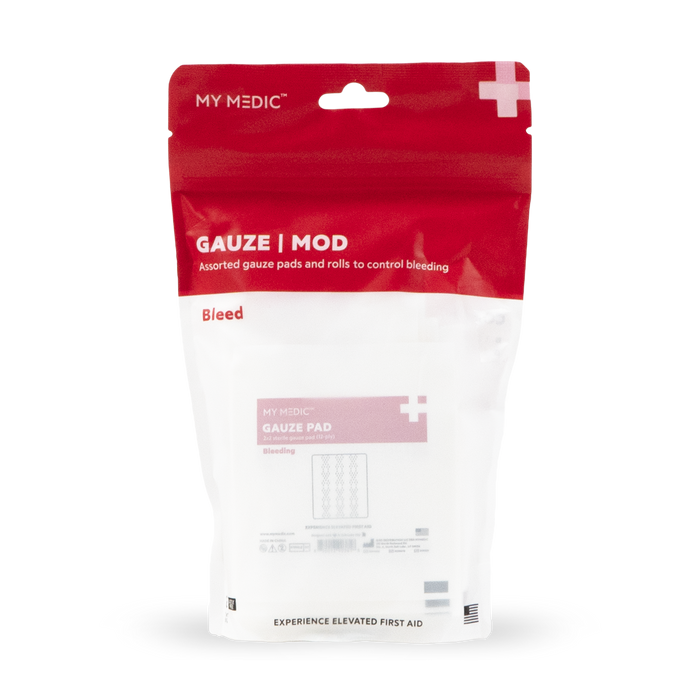
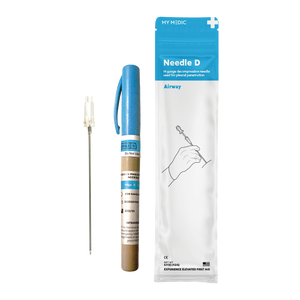 Supply Categories
Supply Categories
 Top Sellers
Top Sellers
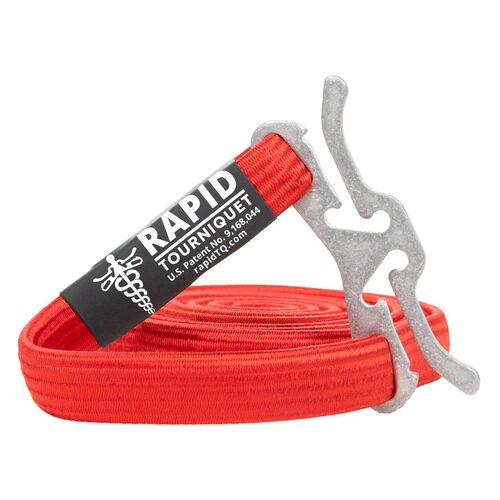






Leave a comment